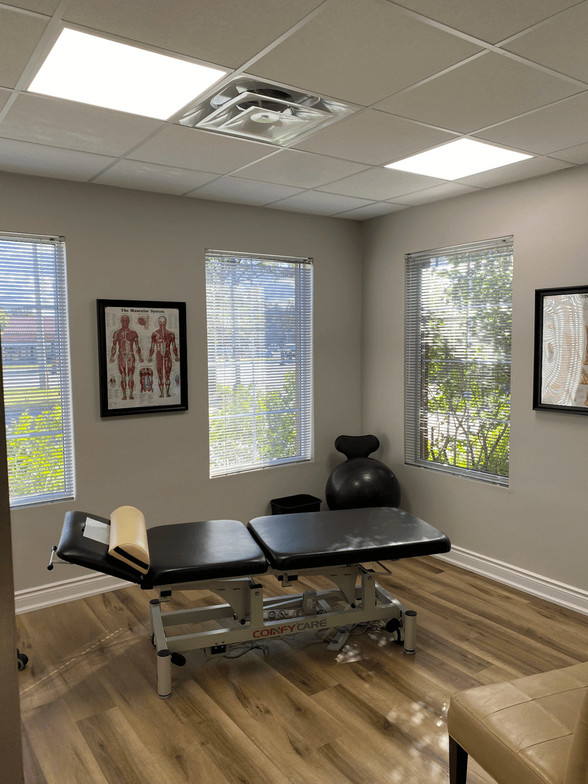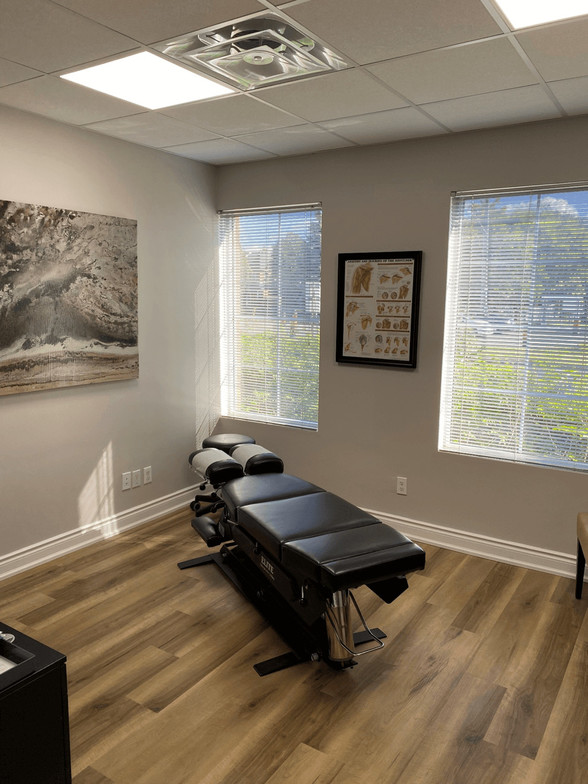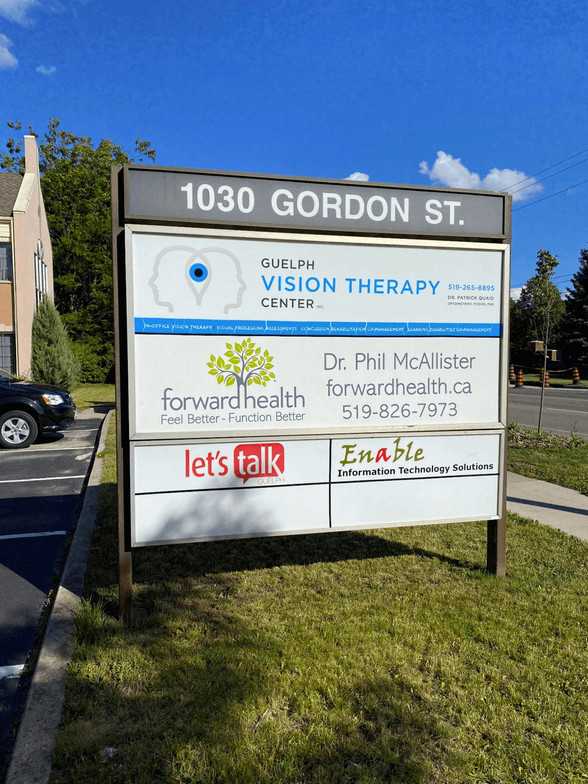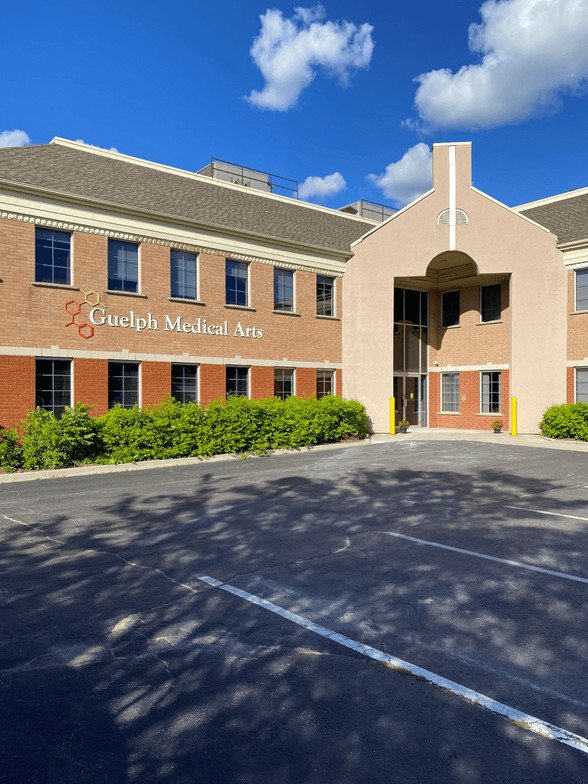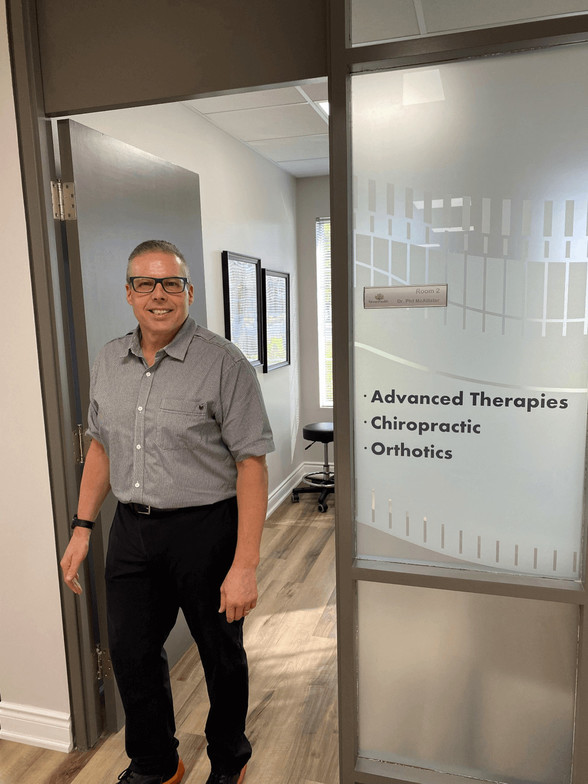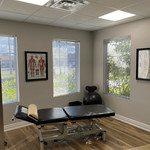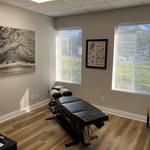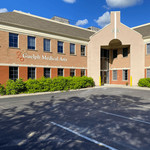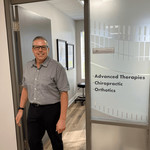Keeping You In The Game
Forward Health provides Guelph with outstanding chiropractic treatments for back pain, sciatica, neck pain, headaches and other conditions that affecting the musculoskeletal system.
It is our goal to create a relaxing yet energizing environment in which the focus is exclusively on you. You will be provided with the highest quality, cutting-edge care including hands-on therapies, functional training, and education on maintaining and enhancing your well-being.
Discover the Benefits of Personalized Care
Customized Comfort
Pain Relief
Improved Mobility
Meet Guelph Chiropractor Dr. Phil McAllister - Forward Health
Dr. Phil McAllister is a licensed Chiropractor with a special interest in Functional Mechanics and Neurology. He has a passion for treating sports injuries and teaching people how to manage their pain or prevent injuries with his unique blend of specialties. He has positively impacted thousands of patients with individualized Treatment Regimes.
Step Toward Wellness, One Visit at a Time

Book Your Evaluation

Personalized Care Awaits

Embrace a Healthier You
Welcome to Forward Health
Get Relief From Your Pain
No matter whether your condition was caused by a sport, work accident or otherwise, we welcome the chance to serve you.
